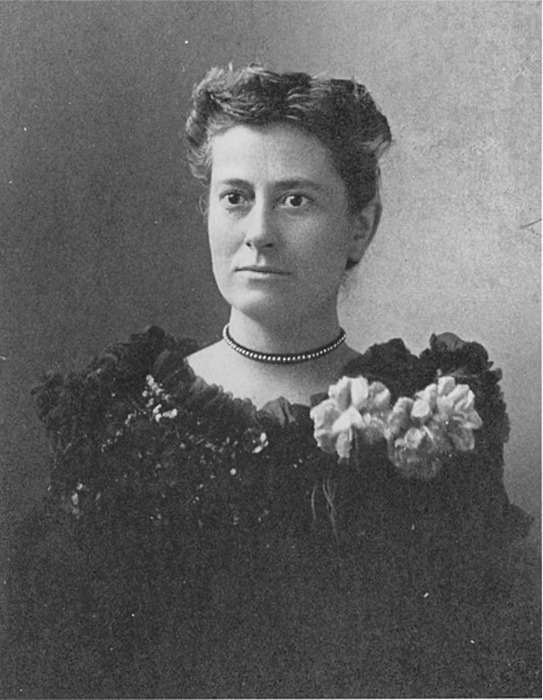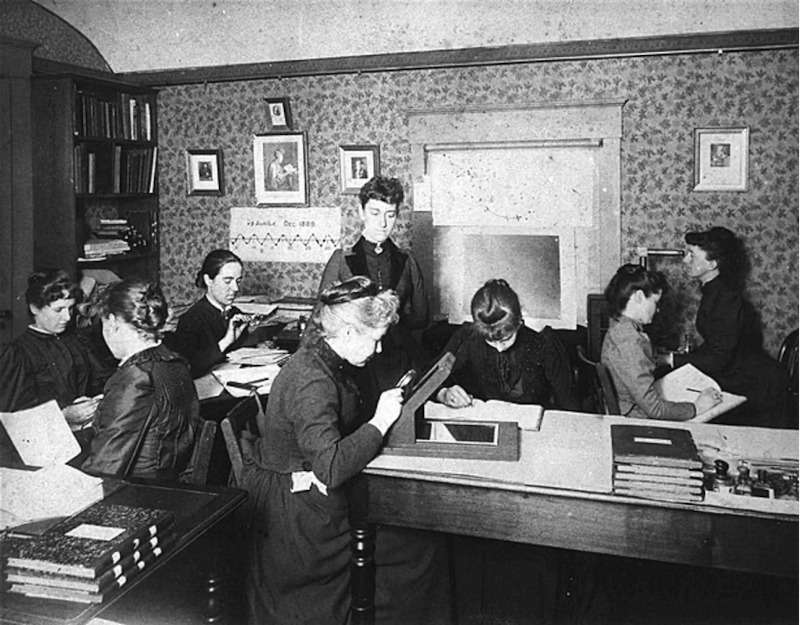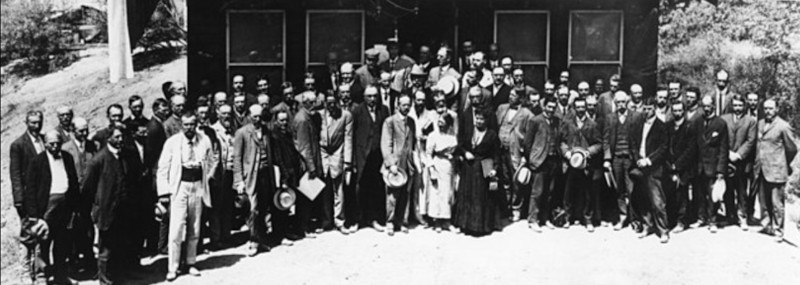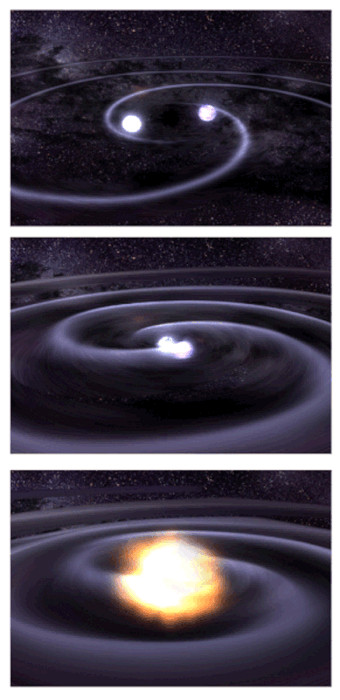Williamina Fleming’s journey from a maid to a pioneering astronomer is a remarkable story of resilience and intellect. Born in Scotland and later immigrating to the United States, she broke societal norms and made significant contributions to the field of astronomy. Fleming’s work at the Harvard College Observatory laid the groundwork for star classification systems and led to the discovery of numerous celestial bodies. Her amazing story of determination and scientific brilliance has inspired generations of women in science. This is her tale, from her life in Dundee and her disastrous marriage to how she climbed to the highest rungs of astronomy.
Williamina Fleming – A Star in Her Field
Williamina Paton Stevens was born on May 15, 1857, in Dundee, Scotland. Her mother, Mary Walker, was a housewife, while her father, Robert Stevens, was a carver and gilder. She was one of six children but not the only talented one. Her sister, Johanna, went on to work at the Harvard College Observatory too.
A bright girl, at the age of fourteen, Williamina began working as a pupil-teacher at a local school. At the age of twenty, she made one of the biggest mistakes she ever made and married James Orr Fleming, a widowed accountant; With him, she had a son, Edward P. Fleming.

Williamina Paton Stevens Fleming (1857-1911), circa 1890s, Courtesy Curator of Astronomical Photographs at Harvard College Observatory.) (Public Domain)
A year after getting married, the couple fled soggy Scotland and moved to the United States. They settled in Boston, Massachusetts, where their marriage quickly broke down. In less than a year, the marriage had collapsed completely, and James abandoned his wife and son, leaving the 21-year-old Williamina to support herself and her young son. It was the best thing that ever happened to her.
She began working as a maid in the home of Edward Charles Pickering, director of the Harvard College Observatory (HCO). Pickering and his wife quickly realized there was something special about their young maid, and Pickering’s wife pushed her husband to offer Williamina a position better suited to her talents. In 1879, Pickering agreed and recognizing her potential, offered her a position doing part-time administrative work at his observatory.
It wasn’t glamorous work, but Williamina worked, and her intelligence shone through. In 1881 Pickering asked his former maid to join the HCO in a more official capacity. He taught her how to analyze stellar spectra and asked her to join his newly founded Harvard Computers. This was an all-female group of human computers (someone who did complex equations before the invention of electronic computers) tasked with doing difficult mathematics and editing observatory publications. Williamina’s foot was in the door.
Becoming an Astronomer
Williamina’s next big break came in 1886, when the wealthy widow of astronomer Henry Draper, Mary Anna Draper, started up the Henry Draper Memorial Fund that financed the HCO’s research. This event led to Pickering starting up the Henry Draper Catalog, an ambitious project aimed at obtaining the optical spectra of as many stars as possible and then indexing and classifying them. Fleming’s diligence and keen eye for detail allowed her to excel in this role. Over time, she progressed from clerical tasks to more complex astronomical observations and analysis.
Early on, Williamina was put in charge of the entire project and became the supervisor of the observatory’s team of female assistants, often referred to as “Pickering’s Harem.” Under her leadership, the team made significant strides in the classification of stars and the identification of variable stars and nebulae.

When the first catalog was released in 1890, it included 10,000 stars that had been cataloged by Williamina’s team. Most of them by her. Eight years later, she was made Curator of Astronomical Photographs, a position never held by a woman before and an impressive feat considering the period.
Five years later, she gave a speech at the 1893 World’s Fair in Chicago, during which she called for more women to work in the sciences. Unfortunately, it wasn’t quite as revolutionary as it sounds, she seemed to agree that women were inferior to men but did argue that if given more opportunities, perhaps women could equal the playing field.
Important Discoveries
Williamina Fleming made numerous important discoveries. During her time at the HCO, she identified and cataloged over 10,000 stars. She also discovered a total of 59 gaseous nebulae, over 310 variable stars, and 10 novae. Not bad considering she was hired as a maid originally.

Her most famous discovery, however, came in 1888, when she identified the Horsehead Nebula on a telescope-photogrammetry plate made by Pickering’s brother. This striking dark nebula in the constellation Orion has become one of the most recognizable objects in the night sky.
Sadly, Fleming’s name was omitted from the first Draper Index Catalog, and Pickering got all the credit (not the first or last time this has ever happened to a female scientist). Thankfully, by the time the second catalog was released in 1908, Williamina and her team were famous enough to get actual credit for their work.
Williamina is also credited with discovering the first white dwarf star, 40 Eridani B, in 1910. This discovery was groundbreaking, as white dwarfs are a critical stage in the life cycle of stars and provide valuable insights into stellar evolution. Her identification of these diverse celestial bodies expanded the understanding of the universe and highlighted the importance of systematic observation and classification.

Conclusion
Williamina became a U.S. citizen in 1907 and continued working until her death from pneumonia on May 21, 1911. During her career, she received such honors as becoming a member of the Astronomical and Astrophysical Society of America and the Astronomical Society of France, an honorary member of the Royal Astronomical Society of London, and an honorary fellow in astronomy of Wellesley College.
From her humble beginnings as a maid to her groundbreaking work as an astronomer, Fleming overcame societal and personal obstacles to make lasting contributions to the field of astronomy. Her work in star classification, the discovery of celestial bodies, and leadership at the Harvard College Observatory significantly advanced our understanding of the universe. Her journey is a reminder that extraordinary talent can be found in the most unexpected places and that, given the chance, individuals can achieve extraordinary things.
Top image: The dark nebula IC 434, also known as the Horsehead Nebula, discovered by Williamina Fleming. Source: Gianni.lacroce/CC BY-SA 4.0